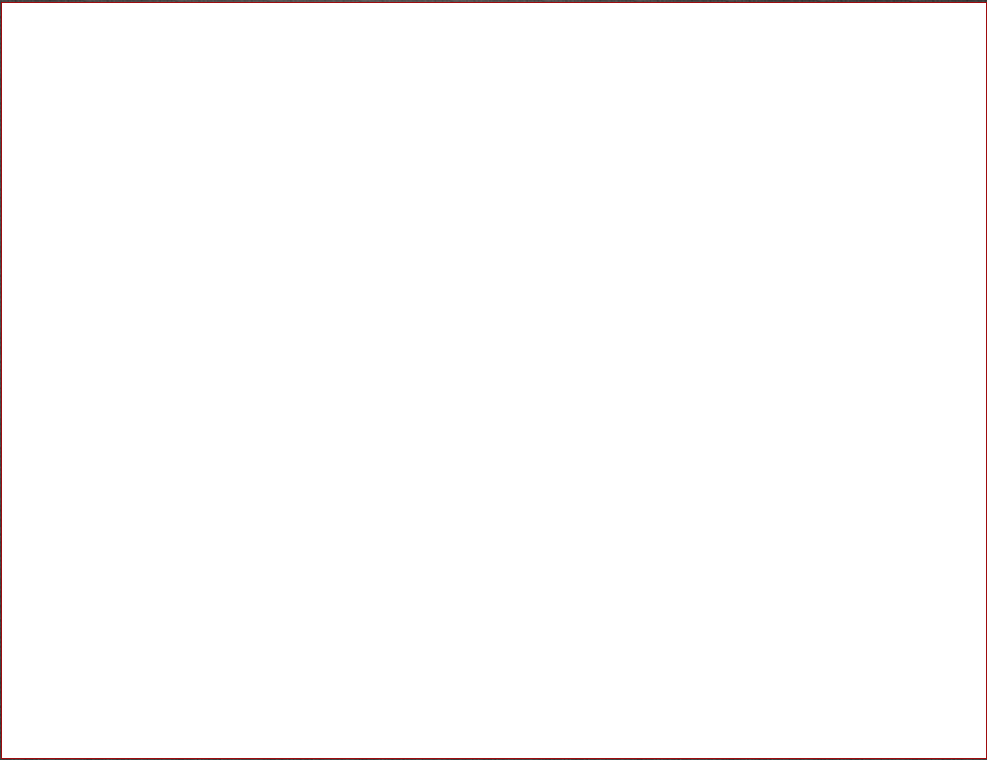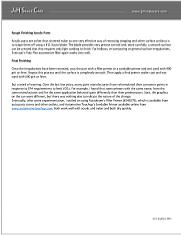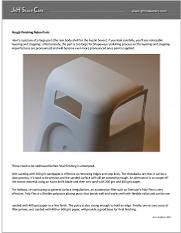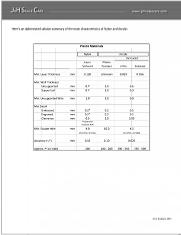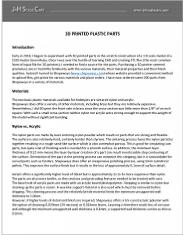

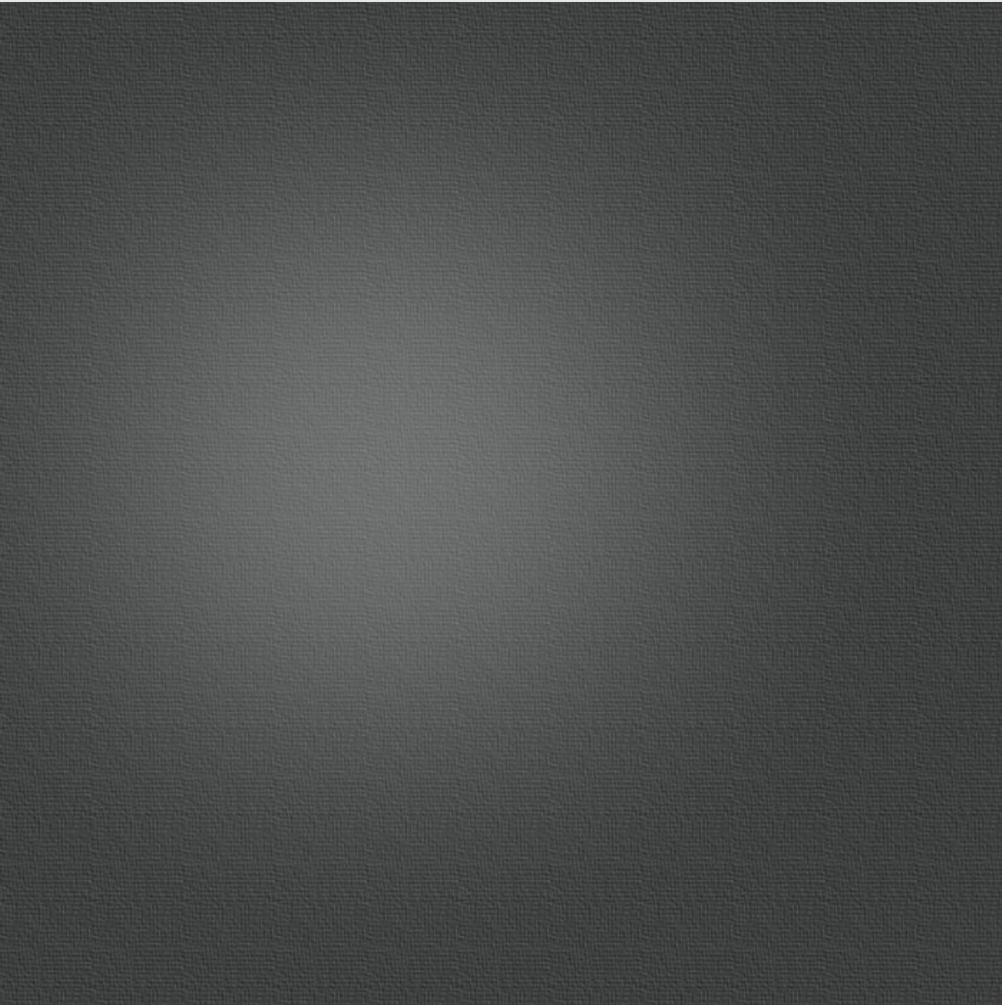
JRH SCALE CARS
JRH SCALE CARS









TRACTION AVANT

Tools & Techniques - 3D Printed Plastic Parts
Overview
3D Printing is now well established and is ideally suited for one-offs or small runs of parts, especially if they are a complex shape. For the scratch builder, 3D printing provides the opportunity to make unique parts that are simply not available commercially.
Whether you choose to buy your own printer, or use a commercial printer, 3D printers require input files from CAD software. This is the 'catch' of 3D printing. For simple shapes, it is possible to use the free CAD software packages that are available on the Internet. But for drawing complex curved surfaces, such as fenders, you need top quality CAD software that costs several hundred dollars, has quite a steep learning curve and requires a computer with a good graphics card and lots of RAM. These are big hurdles for hobbyists.
Whether you choose to buy your own printer, or use a commercial printer, 3D printers require input files from CAD software. This is the 'catch' of 3D printing. For simple shapes, it is possible to use the free CAD software packages that are available on the Internet. But for drawing complex curved surfaces, such as fenders, you need top quality CAD software that costs several hundred dollars, has quite a steep learning curve and requires a computer with a good graphics card and lots of RAM. These are big hurdles for hobbyists.
Materials, Wall Thicknesses and Finishing
There are a wide variety of printers available and, in North America, thousands of commercial 3D printing businesses. So, rather than buy a machine right away, I chose to use a 3D printing service (www.shapeways.com). Shapeways offers a wide range of materials; from nylon and acrylic to ceramics and metals. Shapeways site provides lots of information about each of the materials.
The two basic choices in plastic are SLS (Selective Laser Sintered) Nylon and Acrylic. Nylon is the least expensive. Minimum supported wall thickness is > 0.8 mm, has more pronounced layering and has a relatively rough, sand-like finish. However, the nylon parts are tough, flexible and difficult to break. Acrylic is more expensive. Layering is less pronounced, supported wall thickness can be a thin as 0.3 mm and the surface finish is excellent. However, acrylic is more brittle and will fracture easily under bending stresses.
For large parts, such as body panels, doors and fenders, getting a smooth even finish is obviously important. Acrylic would therefore be the best option, but it is expensive, especially for large parts. So, for most of the panels, I used nylon. The following note compares nylon and acrylic and then describes the finishing methods I used.
The two basic choices in plastic are SLS (Selective Laser Sintered) Nylon and Acrylic. Nylon is the least expensive. Minimum supported wall thickness is > 0.8 mm, has more pronounced layering and has a relatively rough, sand-like finish. However, the nylon parts are tough, flexible and difficult to break. Acrylic is more expensive. Layering is less pronounced, supported wall thickness can be a thin as 0.3 mm and the surface finish is excellent. However, acrylic is more brittle and will fracture easily under bending stresses.
For large parts, such as body panels, doors and fenders, getting a smooth even finish is obviously important. Acrylic would therefore be the best option, but it is expensive, especially for large parts. So, for most of the panels, I used nylon. The following note compares nylon and acrylic and then describes the finishing methods I used.
Click here or on the pages below to download the 3D Printed Plastic Parts note (0.5 MB) …
Rear body in nylon …
As printed ...
And painted ...






